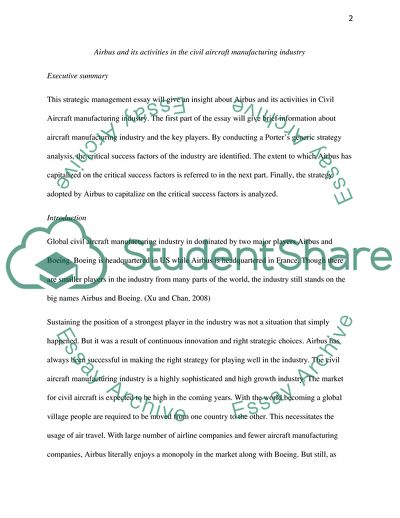Cite this document
(Airbus and Its Activities in the Civil Aircraft Manufacturing Industry Case Study, n.d.)
Airbus and Its Activities in the Civil Aircraft Manufacturing Industry Case Study. Retrieved from https://studentshare.org/marketing/1736046-airbus-and-its-activities-within-the-civil-aircraft-manufacturing-industry
Airbus and Its Activities in the Civil Aircraft Manufacturing Industry Case Study. Retrieved from https://studentshare.org/marketing/1736046-airbus-and-its-activities-within-the-civil-aircraft-manufacturing-industry
(Airbus and Its Activities in the Civil Aircraft Manufacturing Industry Case Study)
Airbus and Its Activities in the Civil Aircraft Manufacturing Industry Case Study. https://studentshare.org/marketing/1736046-airbus-and-its-activities-within-the-civil-aircraft-manufacturing-industry.
Airbus and Its Activities in the Civil Aircraft Manufacturing Industry Case Study. https://studentshare.org/marketing/1736046-airbus-and-its-activities-within-the-civil-aircraft-manufacturing-industry.
“Airbus and Its Activities in the Civil Aircraft Manufacturing Industry Case Study”. https://studentshare.org/marketing/1736046-airbus-and-its-activities-within-the-civil-aircraft-manufacturing-industry.


